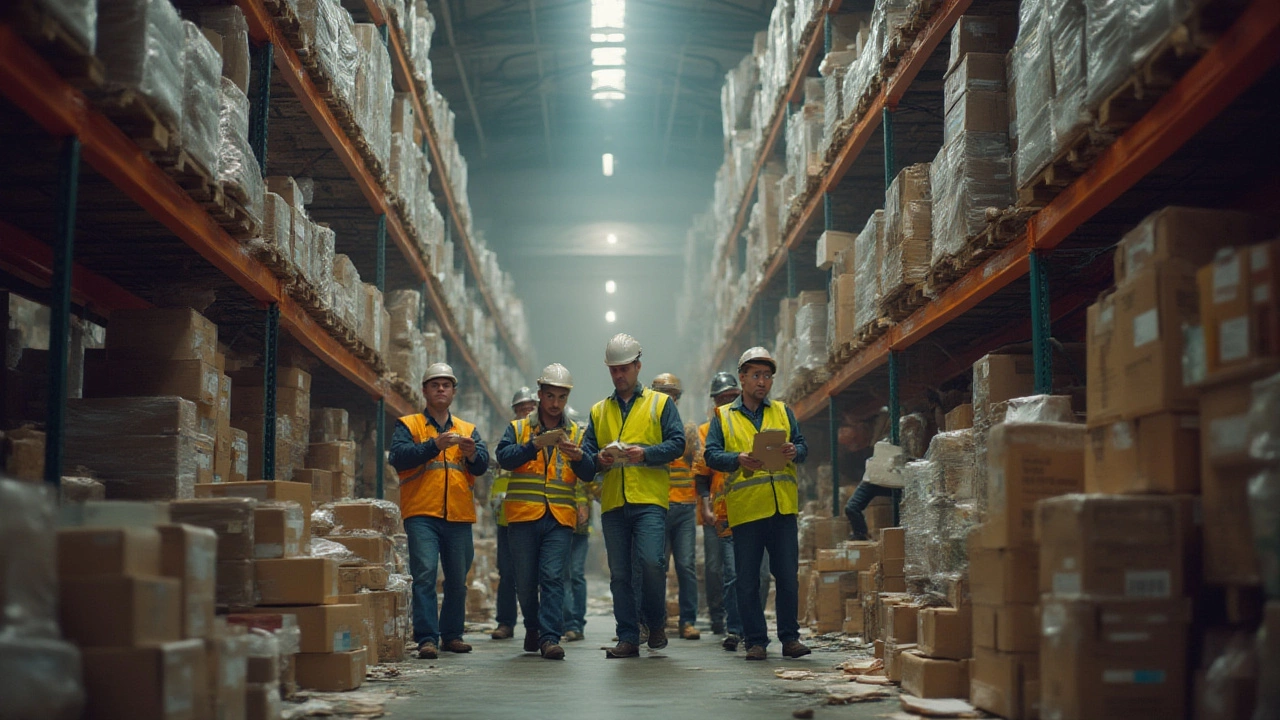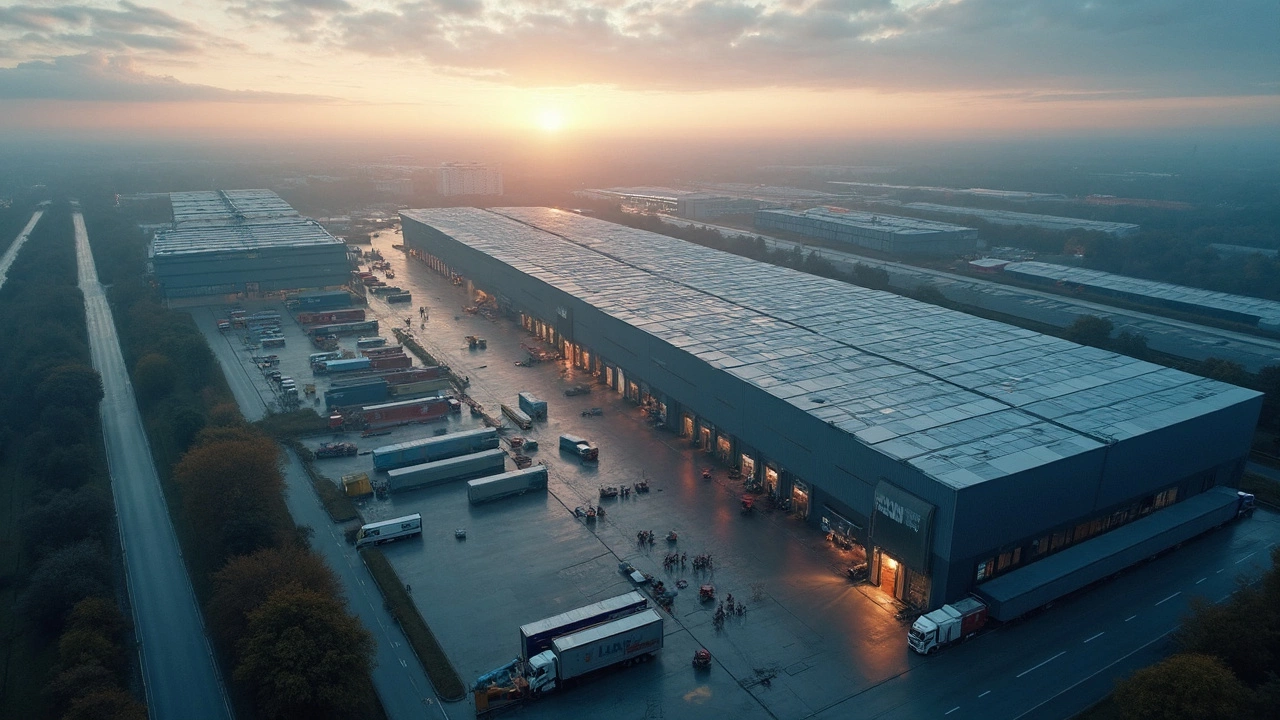Warehouse Solutions: Fast, Simple Ways to Improve Your Shipping Hub
Running a warehouse feels like juggling: you’ve got pallets, trucks, orders, and tight deadlines all at once. The good news is you don’t need a massive overhaul to see big gains. Small changes in layout, software, and staff routines can shave hours off each day and keep your customers happy.
Pick the Right Software – WMS vs ERP
First thing on most owners' minds is software. A WMS (Warehouse Management System) focuses on the floor – tracking every bin, guiding pickers, and syncing real‑time stock levels. An ERP (Enterprise Resource Planning) spreads across the whole business, linking finance, sales, and supply chain. If your biggest pain is misplaced items or slow picking, start with a WMS. If you need to see how shipping costs affect profit margins, an ERP might be the better fit. Many vendors now offer hybrid platforms that give you both worlds without double‑paying.
Simple Layout Tweaks That Save Time
Even before you buy new software, look at how things are arranged. Place the fastest‑moving SKUs (your “A‑items”) close to the shipping dock. Use clear signage and color‑coded zones so a picker never has to guess where a product lives. One‑minute improvements like adding a pallet jack right at the receiving bay or widening an aisle by a foot can cut travel time dramatically. Test a new layout for a week, count the minutes saved, and keep what works.
Another easy win is batch picking. Instead of a worker walking the whole floor for each order, group orders that share the same items. One trip, several boxes – it’s the classic “pick‑once, pack‑many” trick that cuts labor costs by up to 30%.
Don’t forget daylight. If you run a same‑day delivery service, schedule the bulk of your picking during peak daylight hours. That way you avoid nighttime bottlenecks and keep your drivers on the road when traffic is light.
Finally, train staff on the tech you choose. A 5‑minute demo on how to scan a barcode correctly can stop inventory drift before it starts. Keep a quick reference sheet on the wall – the less guessing, the faster the flow.
By marrying the right software with a smarter floor plan, you’ll see fewer stock outs, quicker shipments, and happier customers. The cost of a small software trial or a few extra hand trucks is tiny compared to the savings from fewer delayed orders and reduced overtime. Start with one change, measure the impact, and keep iterating – your warehouse will run like a well‑tuned engine before you know it.
Solving Warehouse Problems: Practical Tips and Tricks for Efficient Operations
Warehouse headaches slowing you down? Unpack real fixes for chaos, from layout mess to digital disasters—no gimmicks, just practical wins.
Tier 1, Tier 2, and Tier 3 Storage Explained: Essential Guide for Modern Warehousing
Explore the differences between tier 1, tier 2, and tier 3 storage. Learn which storage type fits your needs, from high-speed data to cost-saving bulk storage.
Biggest Warehouse Company in the World: Who Runs the Show?
Ever wondered which company dominates the world’s massive warehouse scene? This article breaks down the top warehouse powerhouse, why they lead the pack, and how their size shapes the way goods get to all corners of the globe. You’ll get surprising facts, quick comparisons, and smart tips for businesses eyeing the best warehouse partners. Find out what sets the leader apart and what smaller players can learn from the industry giant. Whether you run a business or just love logistics, this one spells out what size really means in warehousing.
Is SAP Losing Ground in Modern Warehouse Solutions?
As technology advances, some traditional systems face the question of their relevance. SAP, a pillar in enterprise resource planning, is subject to this scrutiny, especially in the realm of warehouse solutions. With innovations like cloud computing and AI integration taking the lead, SAP must adapt to stay competitive. We'll explore how SAP is evolving amid these changes and what might lie ahead for its role in modern warehousing.
© 2025. All rights reserved.




